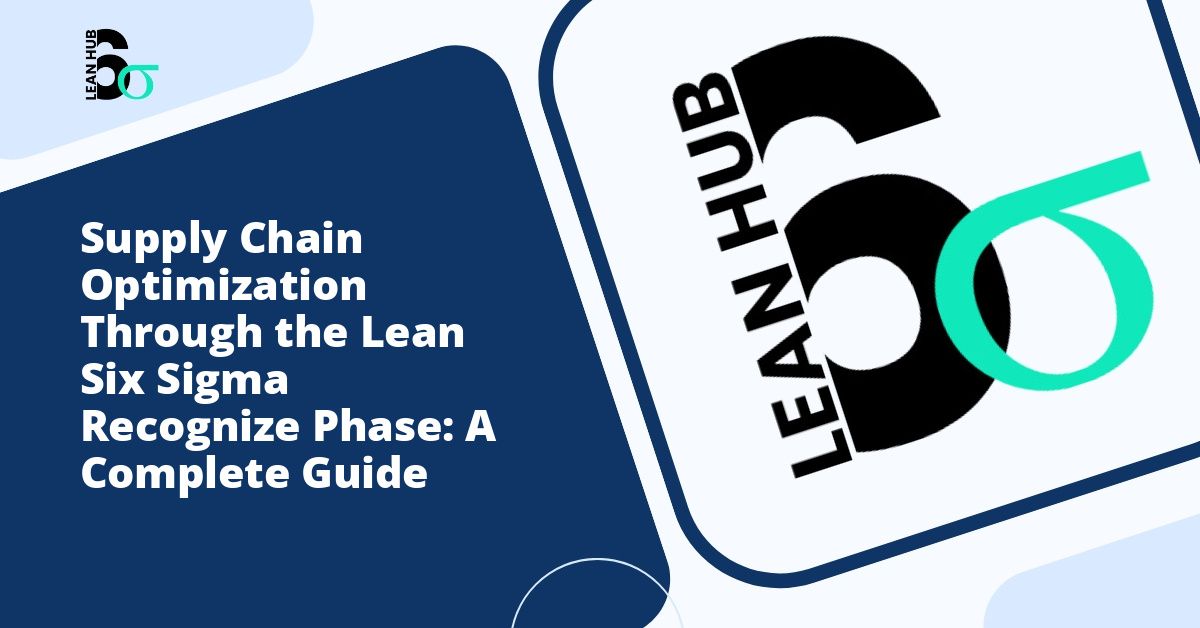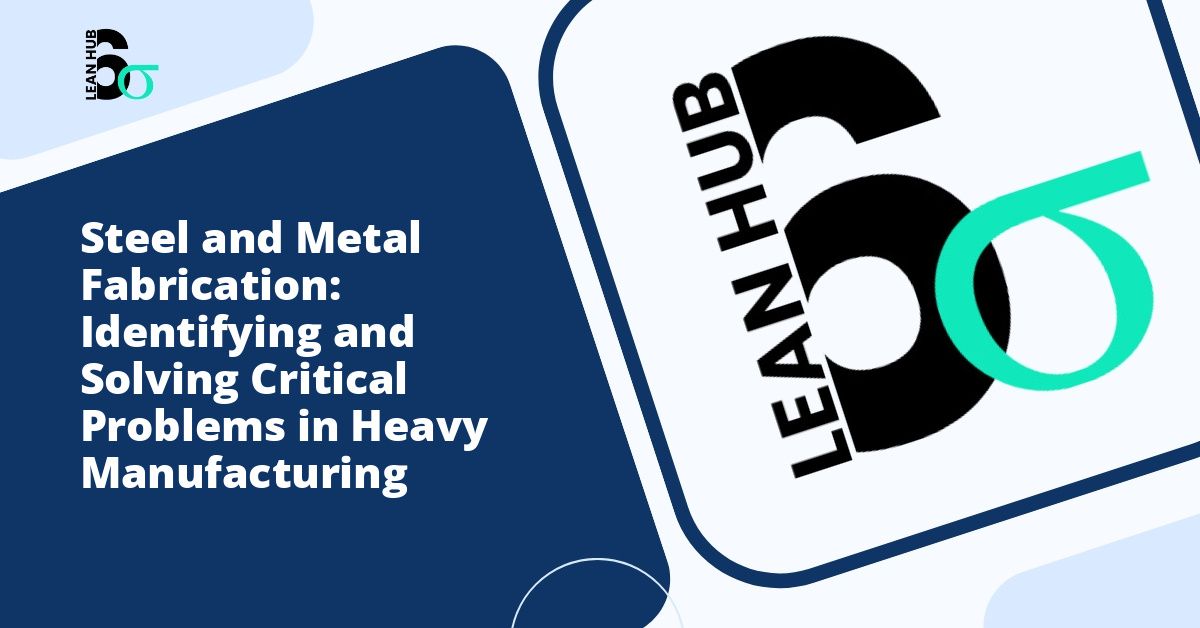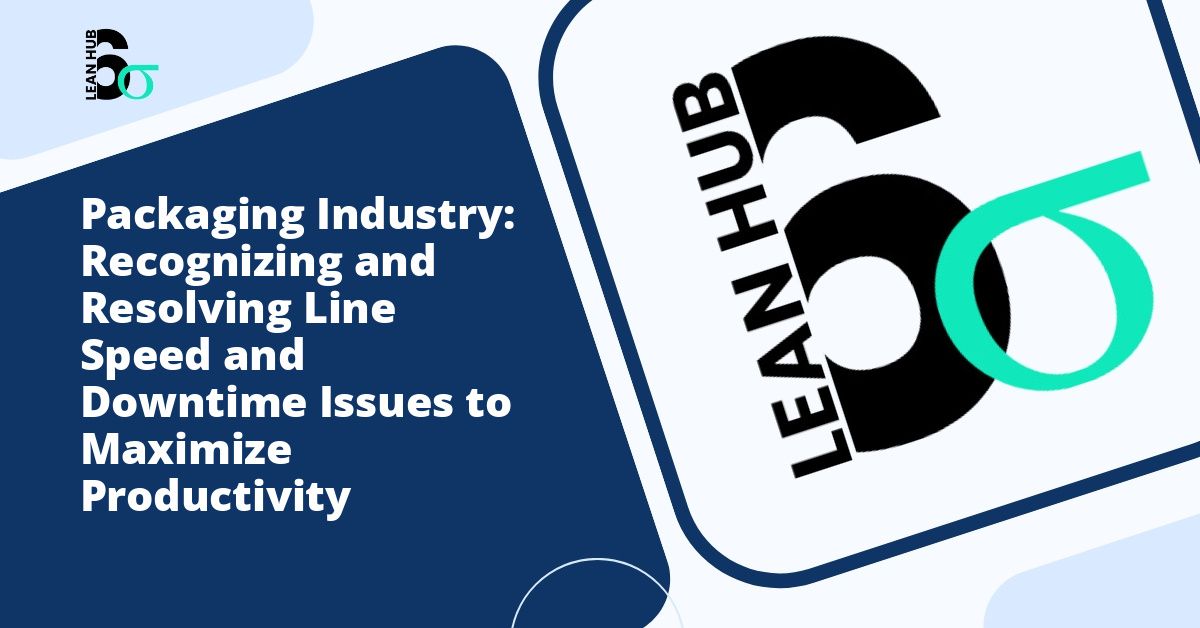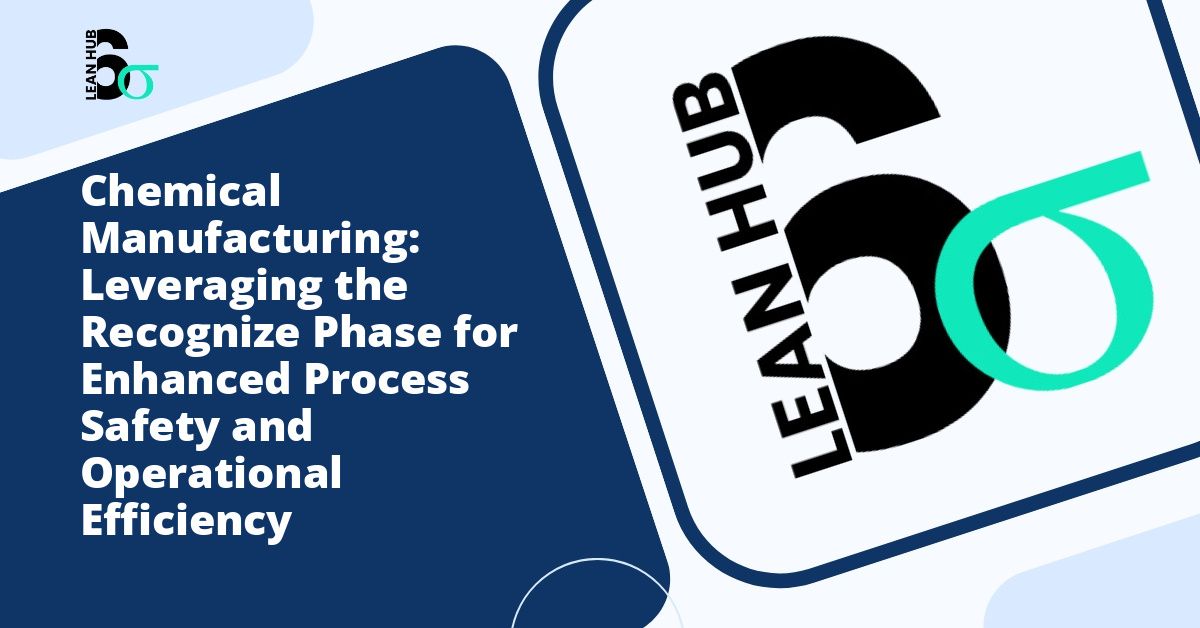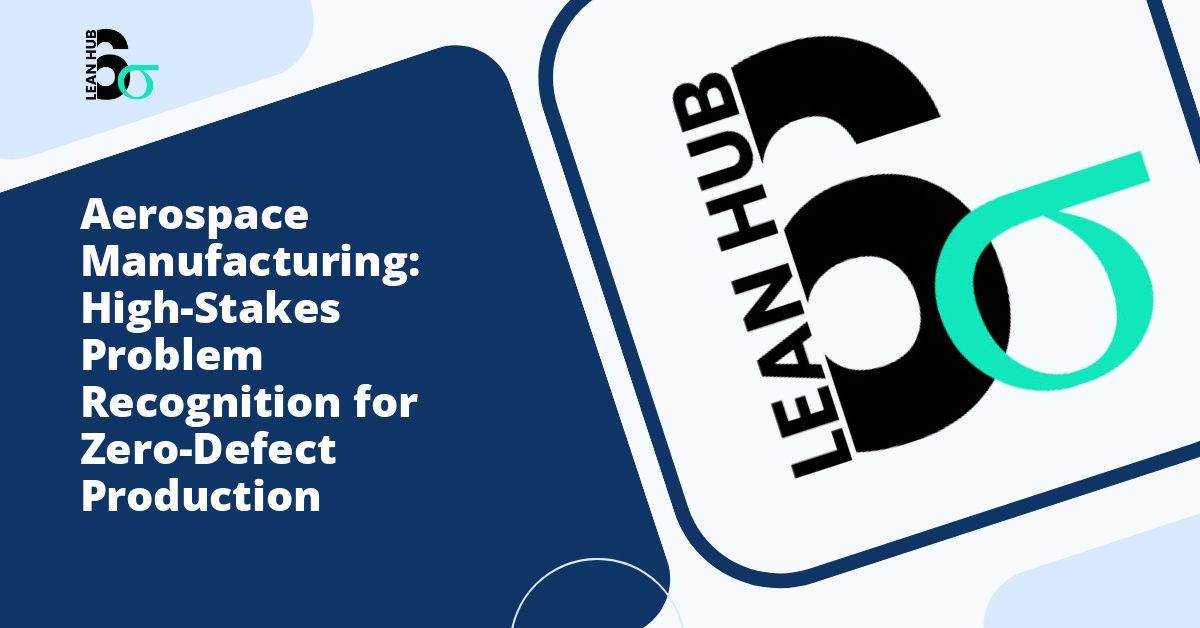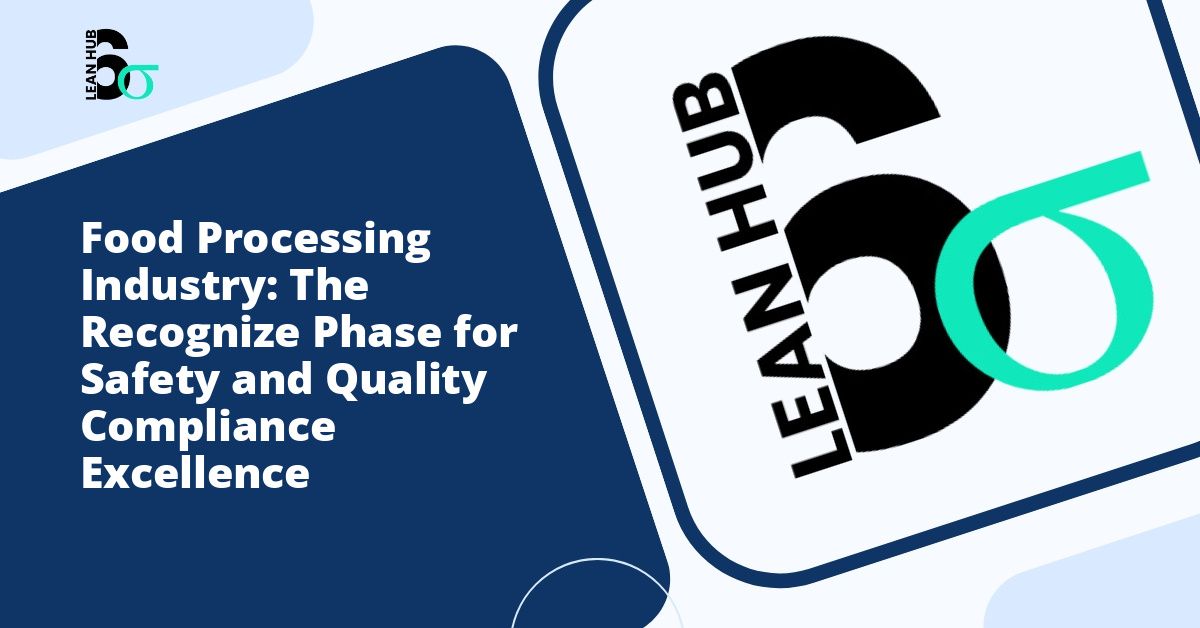In today’s competitive business environment, organizations continuously seek methods to enhance their operational efficiency and reduce waste. The integration of lean six sigma methodologies into supply chain management has emerged as a powerful approach to achieving these goals. At the heart of this transformation lies the recognize phase, a critical first step that sets the foundation for successful supply chain optimization.
Understanding Lean Six Sigma in Supply Chain Management
Lean six sigma represents a comprehensive methodology that combines two powerful improvement philosophies: Lean manufacturing principles and Six Sigma quality management. This hybrid approach focuses on eliminating waste while simultaneously reducing variation and defects in processes. When applied to supply chain operations, lean six sigma creates a framework for identifying inefficiencies, streamlining workflows, and delivering superior value to customers. You might also enjoy reading about Manufacturing Excellence: Using the Recognize Phase to Reduce Defects and Improve Quality.
The supply chain encompasses all activities involved in delivering products or services from suppliers to end customers. This complex network includes procurement, manufacturing, warehousing, transportation, and distribution. Each component presents opportunities for improvement, making it essential to approach optimization systematically. You might also enjoy reading about How to Engage Leadership During the Recognize Phase: A Complete Guide to Getting Buy-In.
The Significance of the Recognize Phase
The recognize phase serves as the launching point for any lean six sigma initiative. This preliminary stage involves identifying problems, opportunities, and potential projects worthy of attention and resources. Unlike jumping directly into problem-solving mode, the recognize phase requires organizations to step back and assess their current situation comprehensively. You might also enjoy reading about RDMAIC vs DMAIC: Why the Recognize Phase Matters in Lean Six Sigma.
During this phase, leadership teams and process owners work together to pinpoint areas where performance gaps exist. These gaps might manifest as excessive inventory costs, delayed deliveries, quality issues, or customer dissatisfaction. The recognize phase demands honest evaluation and data-driven analysis rather than relying solely on intuition or assumptions.
Key Components of the Recognize Phase
Strategic Alignment Assessment
The first component involves ensuring that potential improvement projects align with broader organizational objectives. Supply chain optimization efforts must support overall business strategy rather than existing in isolation. Leaders should ask critical questions about how proposed initiatives will contribute to competitive advantage, profitability, and customer satisfaction.
This alignment process requires examining current strategic priorities and determining which supply chain challenges most significantly impede progress toward those goals. For example, if market expansion represents a primary objective, the recognize phase might highlight capacity constraints or distribution limitations requiring attention.
Performance Metrics Analysis
Effective recognition depends on understanding current performance levels through quantitative measurement. Organizations must identify and analyze key performance indicators relevant to their supply chain operations. These metrics might include:
- Order fulfillment cycle time
- Inventory turnover rates
- Perfect order percentage
- Supply chain cost as percentage of sales
- Cash-to-cash cycle time
- Supplier quality ratings
- Transportation costs per unit
By establishing baseline measurements, organizations create the foundation for tracking improvement progress. The recognize phase should reveal where current performance falls short of targets or industry benchmarks, highlighting priority areas for intervention.
Voice of the Customer Integration
The recognize phase must incorporate customer perspectives and requirements. Understanding what matters most to customers helps prioritize improvement opportunities that will generate the greatest value. This customer-centric approach ensures that optimization efforts focus on issues with real business impact rather than internal concerns disconnected from market needs.
Gathering voice of the customer data involves multiple methods, including surveys, interviews, complaint analysis, and market research. This information reveals pain points in the current supply chain experience and identifies expectations that remain unmet.
Implementing the Recognize Phase in Supply Chain Operations
Building Cross-Functional Teams
Successful implementation of the recognize phase requires input from diverse stakeholders across the supply chain. Cross-functional teams bring varied perspectives and expertise, ensuring comprehensive problem identification. These teams typically include representatives from procurement, logistics, quality assurance, operations, finance, and customer service.
The collaborative nature of these teams facilitates knowledge sharing and breaks down departmental silos that often obscure systemic issues. When team members from different functions discuss their challenges openly, patterns emerge that might otherwise remain hidden.
Conducting Process Mapping Exercises
Visual representation of current supply chain processes proves invaluable during the recognize phase. Process mapping exercises document how materials, information, and decisions flow through the organization. These maps reveal redundancies, bottlenecks, and non-value-added activities that contribute to inefficiency.
Creating detailed process maps requires walking through operations step by step, documenting each activity, decision point, and handoff. This exercise often surfaces surprising insights about how work actually happens versus how stakeholders assume it happens.
Identifying Quick Wins and Complex Challenges
The recognize phase should distinguish between problems amenable to rapid improvement and those requiring extensive analysis and resources. Quick wins generate momentum and demonstrate the value of lean six sigma methodologies, while complex challenges become candidates for full-scale improvement projects.
This categorization helps organizations allocate resources effectively and maintain stakeholder engagement. Achieving early successes through quick wins builds credibility and support for tackling more difficult optimization initiatives.
Common Pitfalls to Avoid
Organizations sometimes rush through the recognize phase, eager to begin implementing solutions. This impatience can lead to addressing symptoms rather than root causes or pursuing projects with minimal strategic value. Investing adequate time in thorough recognition prevents wasted effort on misguided initiatives.
Another common mistake involves relying exclusively on leadership perspectives without engaging frontline employees who interact with supply chain processes daily. These workers possess valuable insights about practical challenges and potential improvements that senior managers might overlook.
Additionally, organizations sometimes fail to establish clear criteria for prioritizing opportunities identified during the recognize phase. Without structured evaluation methods, projects may be selected based on politics or preferences rather than potential impact and feasibility.
Tools and Techniques for Effective Recognition
Several analytical tools support the recognize phase of lean six sigma initiatives. SIPOC diagrams (Suppliers, Inputs, Process, Outputs, Customers) provide high-level process visualization. Pareto analysis helps identify the vital few problems contributing to most issues. Value stream mapping reveals waste and opportunities throughout the supply chain.
Data collection methods including surveys, focus groups, and observational studies generate the information needed for informed recognition. Statistical analysis techniques can uncover trends and patterns that inform project selection decisions.
Moving Beyond Recognition to Action
The recognize phase culminates in clearly defined problem statements and project charters for selected improvement initiatives. These documents articulate the issue, expected benefits, scope boundaries, team composition, and timeline. Well-crafted charters provide direction for subsequent phases of the lean six sigma methodology.
With recognition complete, organizations transition to more detailed analysis, solution design, implementation, and control phases. However, the quality of work performed during recognition substantially influences ultimate project success. Thorough recognition ensures efforts focus on problems worth solving and opportunities with genuine potential for positive impact.
Conclusion
Supply chain optimization through lean six sigma begins with thoughtful, comprehensive recognition of improvement opportunities. The recognize phase establishes the foundation for successful transformation by identifying strategic priorities, analyzing current performance, incorporating customer requirements, and building cross-functional support. Organizations that invest appropriately in this critical first phase position themselves for meaningful, sustainable supply chain improvements that deliver competitive advantage and superior customer value. By embracing systematic recognition as the starting point for optimization initiatives, businesses can ensure their lean six sigma efforts generate maximum return on investment and lasting operational excellence.

